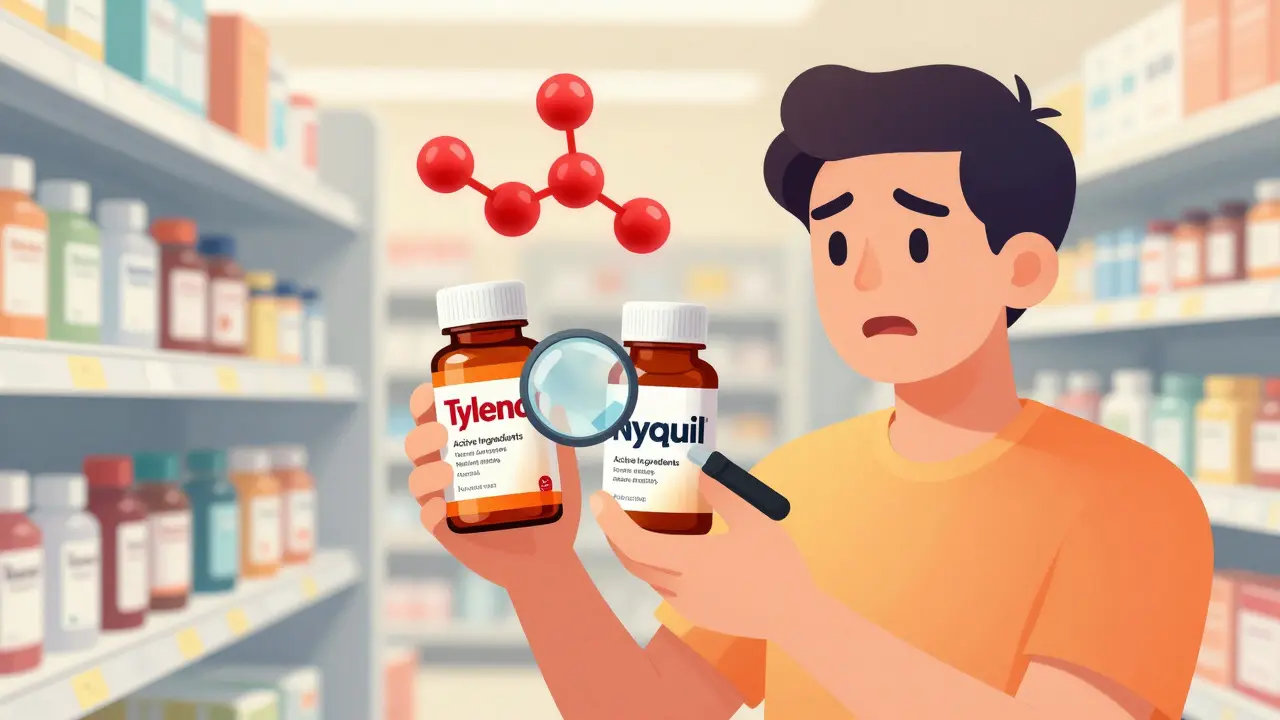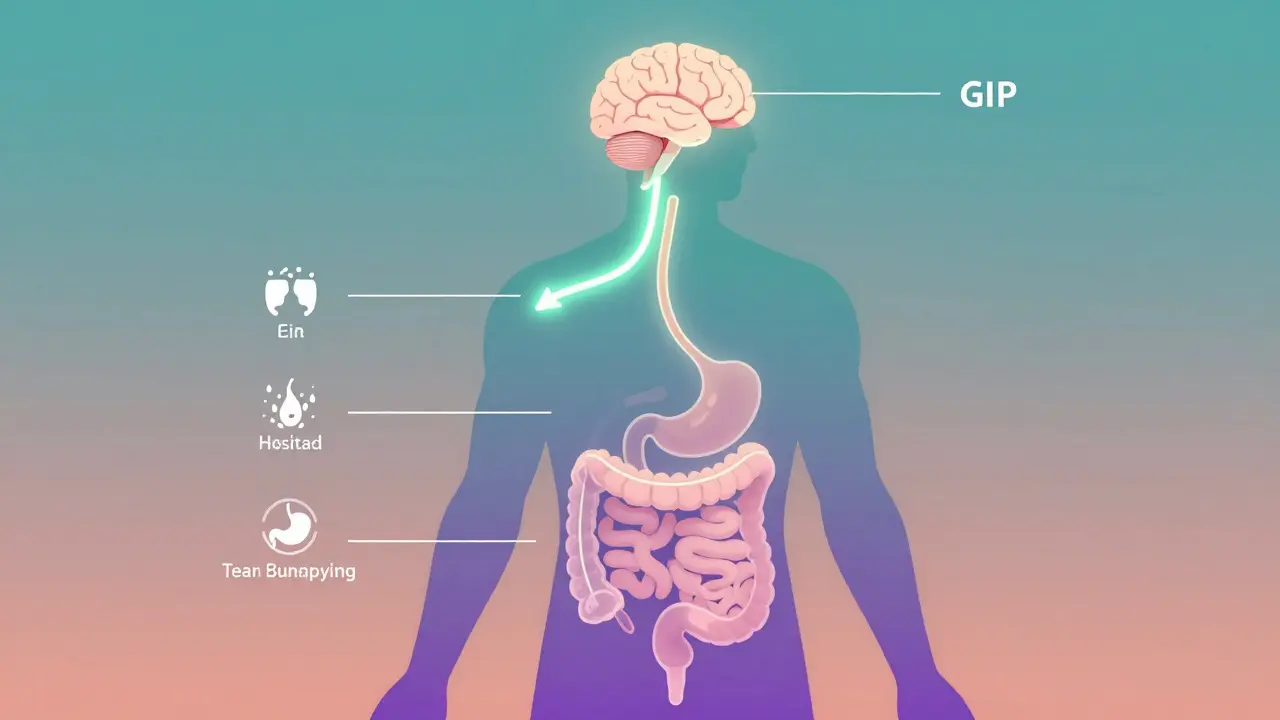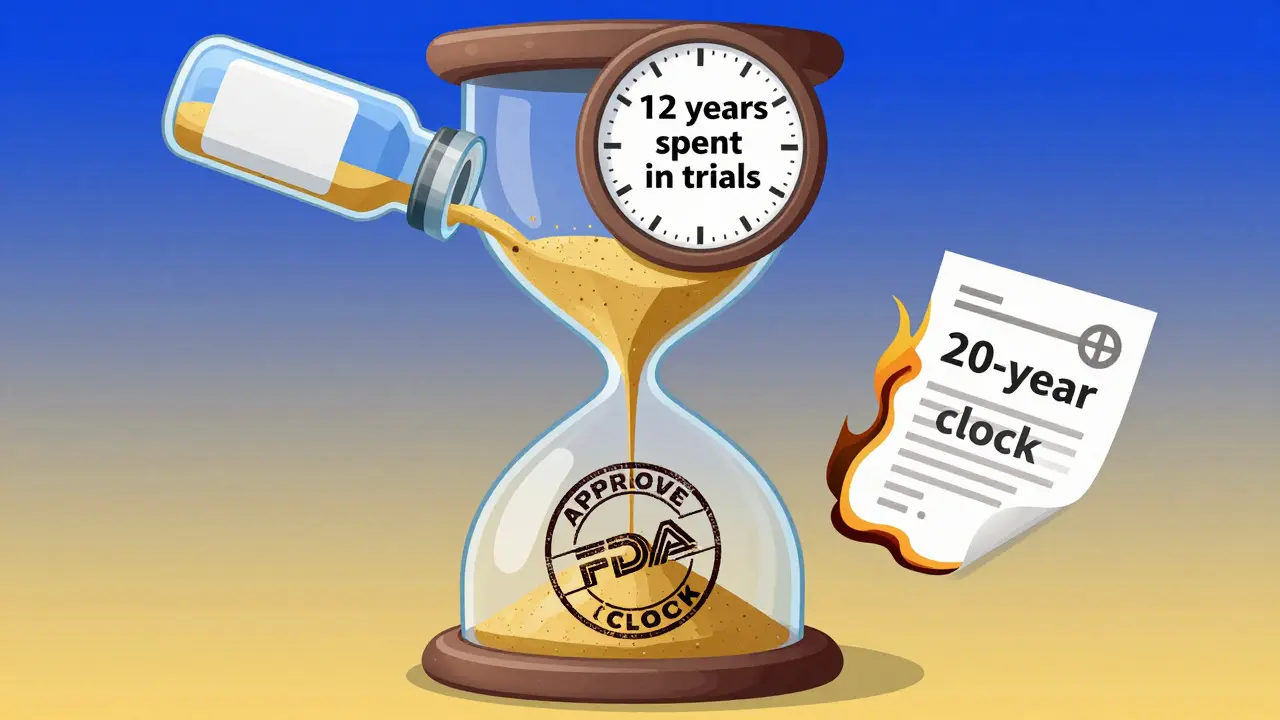Subarachnoid Hemorrhage: Spot the Warning Signs and Act Fast
A sudden, explosive headache—often described as "the worst headache of my life"—is the classic alarm for a subarachnoid hemorrhage (SAH). That pain can come on in seconds and is frequently paired with neck stiffness, nausea, vomiting, light sensitivity, confusion, fainting, or new weakness. Sometimes people have a brief blackout or a seizure. If you see these symptoms, treat them as a medical emergency.
Quick emergency steps
Call emergency services right away. While you wait, keep the person still and calm. Note the exact time symptoms started—that information guides care. Don’t give aspirin, ibuprofen, or other blood thinners unless a doctor tells you to. If the person is vomiting or seizing, protect their airway and roll them onto their side if trained to do so. Try to keep them talking and breathing normally until help arrives.
At the hospital, doctors usually start with a non-contrast CT scan to see blood in the subarachnoid space. If the CT is negative but suspicion remains high, a lumbar puncture (spinal tap) can detect blood breakdown products. CT angiography (CTA) or digital subtraction angiography (DSA) then locates an aneurysm or vessel problem.
Treatment options and what recovery looks like
The main immediate goal is to stop further bleeding and prevent complications. If an aneurysm caused the bleed, teams secure it by endovascular coiling (through blood vessels) or surgical clipping (open procedure). Which one is best depends on the aneurysm’s shape and location and the patient’s condition.
Other urgent treatments tackle common problems: hydrocephalus (excess fluid) may need an external ventricular drain; high blood pressure is controlled carefully; and seizures get anticonvulsant medication if needed. For the next two weeks or so, vasospasm—narrowing of brain arteries—can cause delayed strokes. Doctors monitor closely and often use nimodipine to lower the risk of vasospasm-related brain injury, plus fluids and blood-pressure support if vasospasm appears.
Recovery varies. Some people wake up with mild headaches and recover well after a few weeks of rehab. Others face longer challenges: fatigue, memory and attention problems, personality changes, or physical weakness. Early rehab—physical, occupational, and speech therapy—helps a lot. Follow-up imaging checks the treated aneurysm and looks for new issues. Long-term care often includes blood pressure control, stopping smoking, and avoiding heavy exertion for a while.
If you have a family history of brain aneurysms, talk to a doctor about screening with CTA or MRA. And if you ever get that sudden, severe headache, don’t shrug it off. Quick action makes a big difference in outcomes.





